The common cold and flu are both respiratory illnesses caused by viruses1. A key difference between cold and flu is the type of virus behind each one:
Influenza viruses cause flu2
Viruses including rhinovirus, parainfluenza virus and seasonal coronavirus cause the common cold3
Many cold and flu symptoms are the same, which can make it tricky to work out which one you’re suffering from4. Generally, flu symptoms can come on more quickly, are more severe and may lead to other health complications5.
Discover the difference between cold and flu symptoms, stages of the illnesses and how to treat them.
Cold and flu symptoms – and how to tell them apart
Stages of a cold
Stages of flu
Treatment for cold and flu
Frequently asked questions
Cold and flu symptoms – and how to tell them apart
Many symptoms of cold and flu overlap, these can include6:
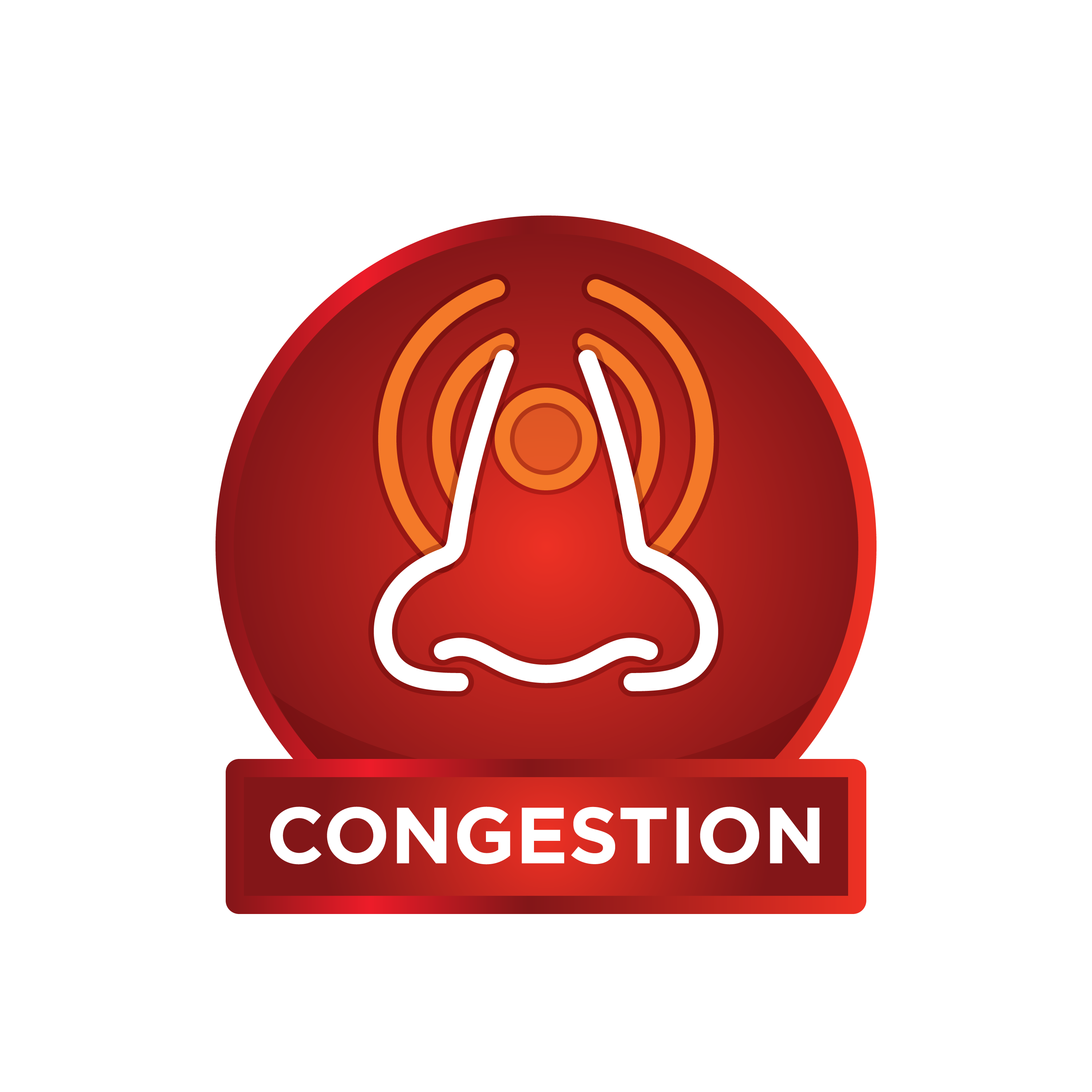
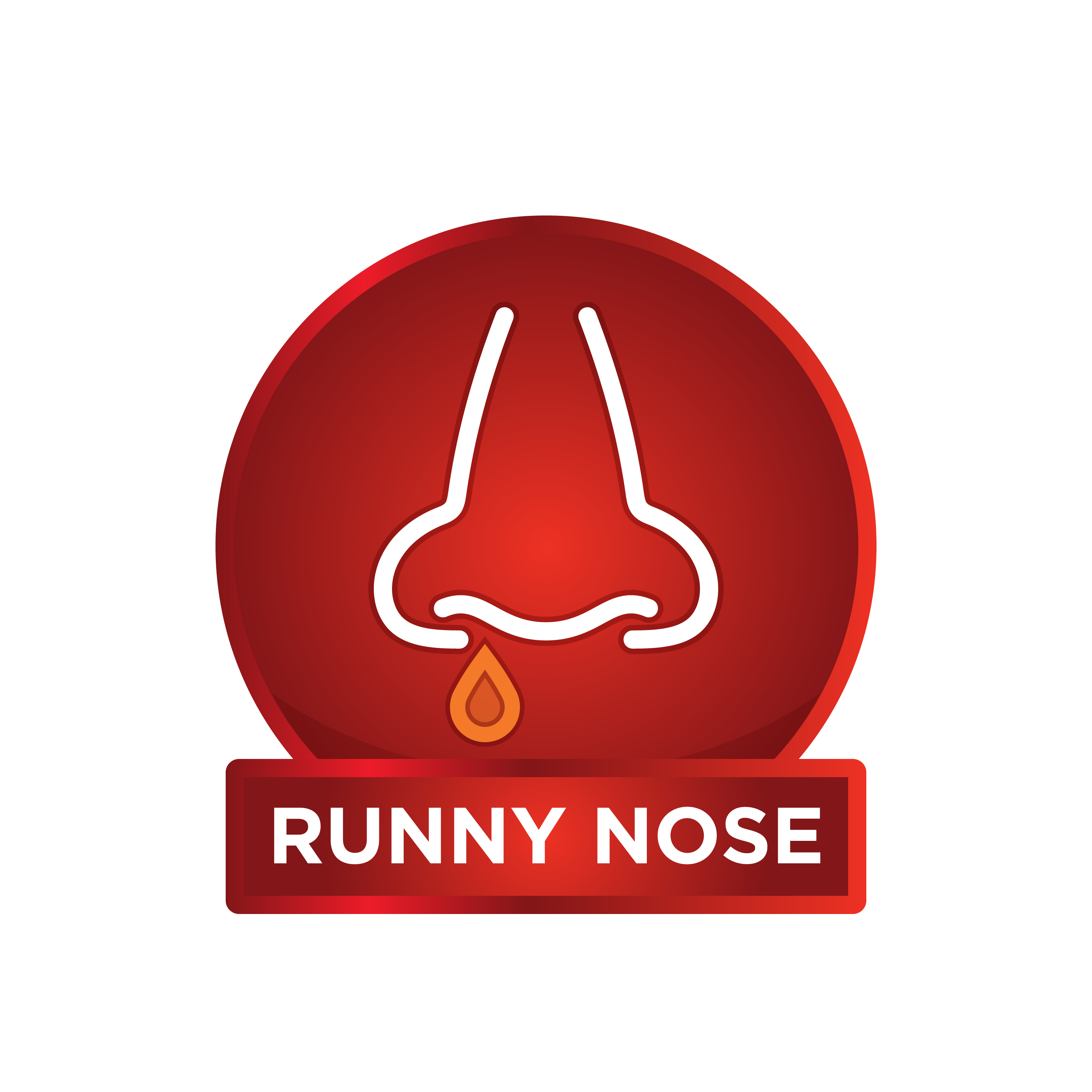
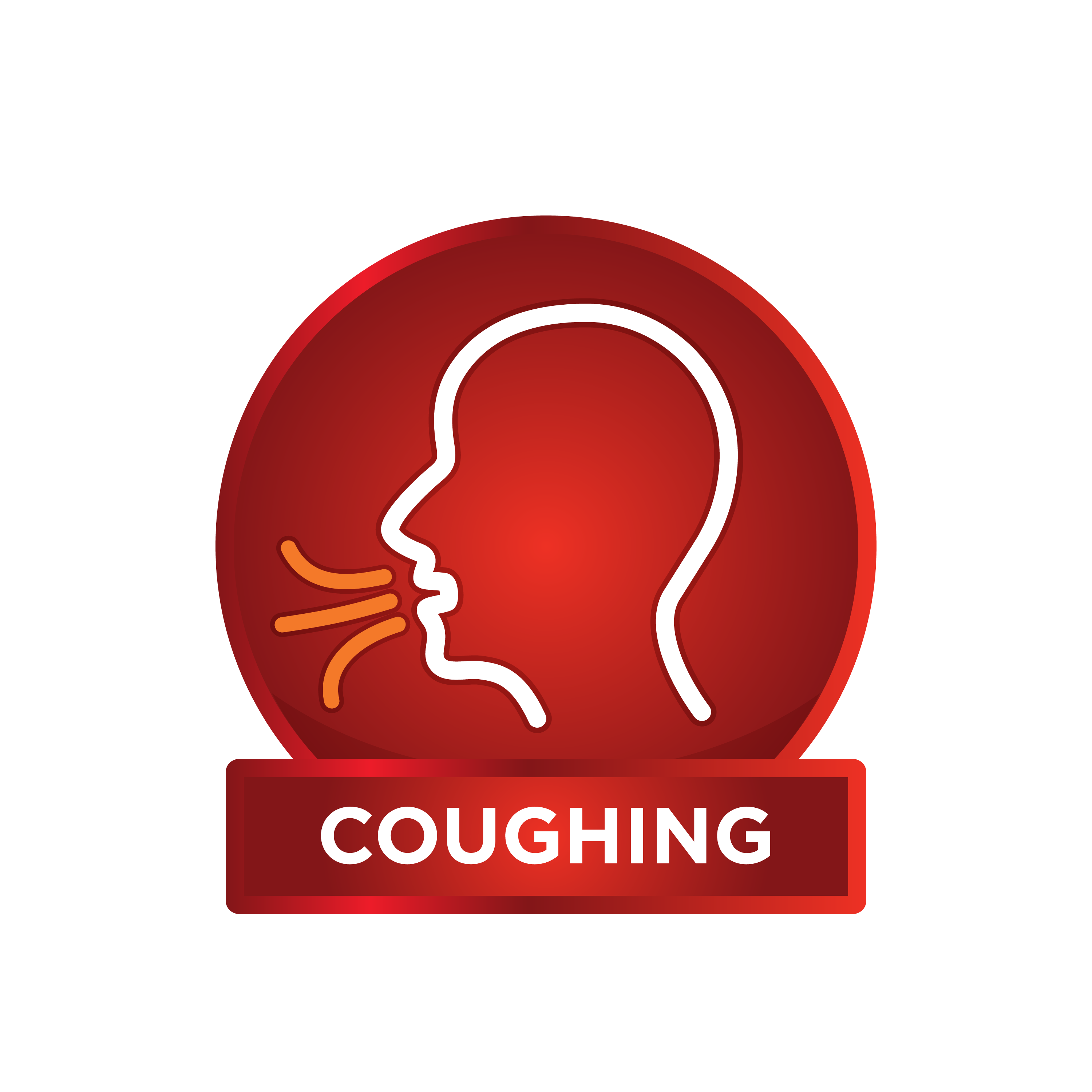
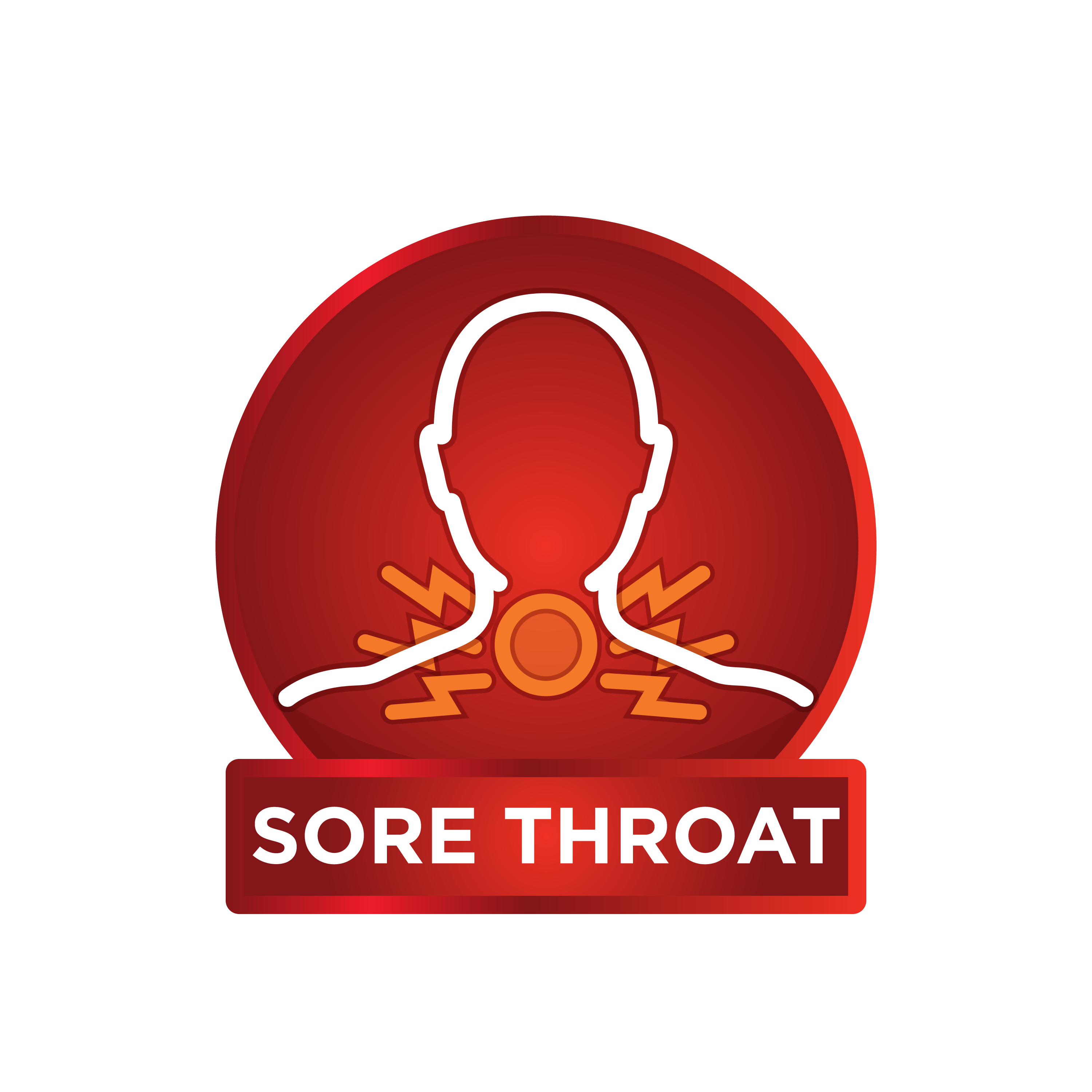
Congestion
A runny or stuffy nose
Coughing
Sore throat
The similarities when it comes to cold vs flu can make it difficult to identify which one you have. However, there are a few other pointers that can help.
A cold is usually a much milder respiratory illness, with different stages. Flu symptoms can be more intense and appear suddenly7.
Signs of a cold
The first signs of a cold are usually a scratchy or sore throat followed by a runny or blocked nose, congestion and cough8. Cold symptoms in adults don’t tend to include a fever but this can sometimes be the case for children9.
Other signs of a cold can include sneezing, headaches and mild tiredness as your body fights off the virus10.
The first symptoms of a cold normally appear gradually and improve after a week, with most adults recovering in around seven to 10 days11. You can catch a cold at any time of the year, although they’re usually more common in winter12.
Sometimes common cold and allergy symptoms can be confused due to their similarities. If your symptoms improve after a week then it may be a cold, but if they last for longer then it could be an allergic reaction13
Signs of the flu
Flu symptoms are different to those of a cold as they normally come on suddenly and all at once14. Along with a dry cough, sore throat and runny/stuffy nose, flu symptoms can include15:
Fever or feverish chills
Muscle or body aches
Severe tiredness
Nausea, vomiting and diarrhoea (more common in children)
Loss of appetite
Most people who have the flu start to recover within a few days, but symptoms can last for up to two weeks16.
If you develop further symptoms, such as breathing difficulties, dizziness and confusion, or persistent chest pain – and normal flu symptoms don’t ease – it could be a sign of flu complications17. If this happens, you should contact a doctor.
Cold or flu symptom checker
Colds and flu have lots of similarities. Use the cold or flu symptom checker below to identify your illness18:
Stages of a cold
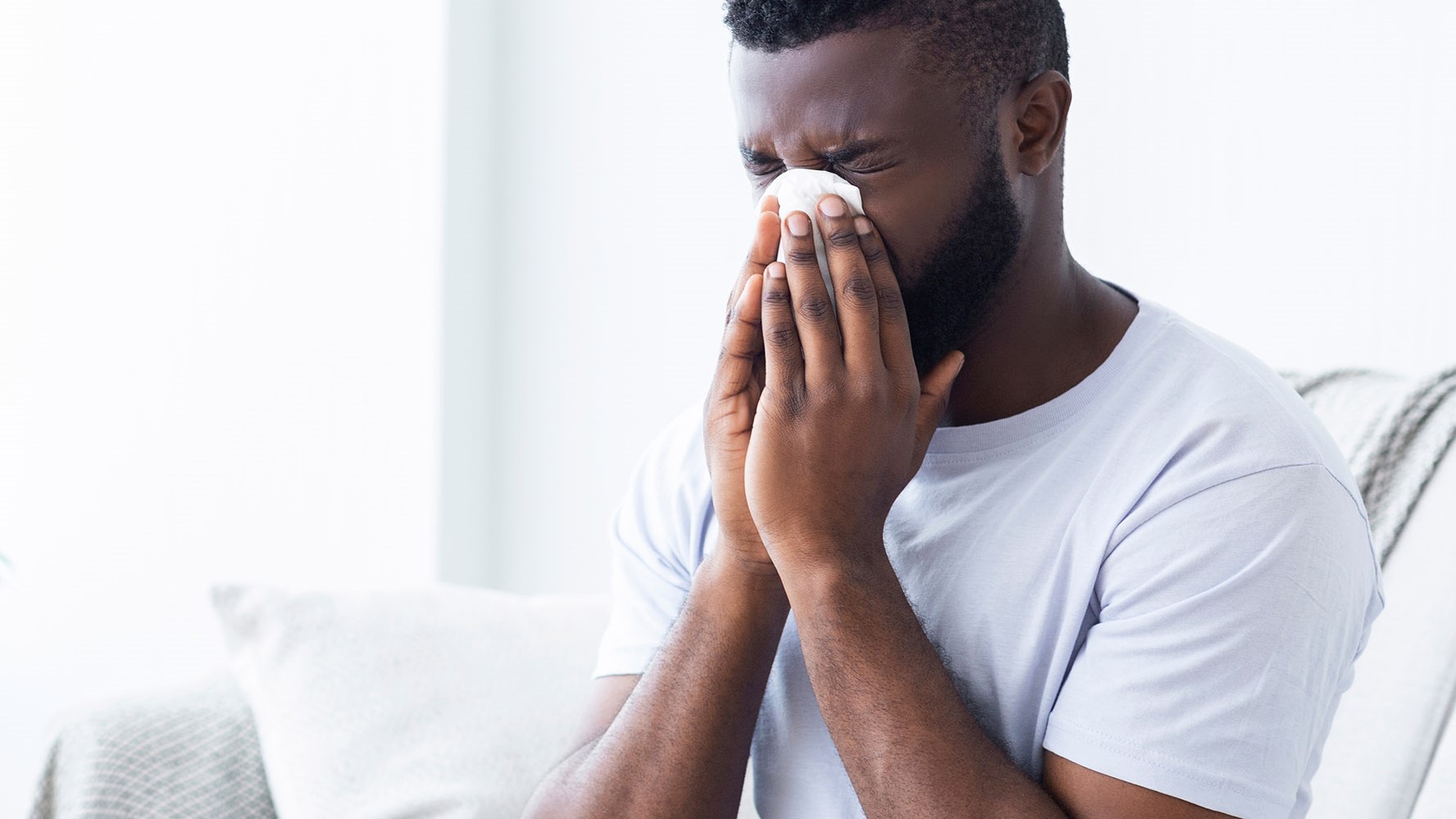
Early symptoms of a cold normally start to appear between one and three days after your exposure to the virus that causes it19.
Symptoms of a head cold can vary depending on the specific virus and how your body reacts. However, the general stages of a cold may go as follows20:
Day 1 – The first symptoms of a cold are often a tickly or scratchy throat, which can develop into a sore throat21.
Day 2 – After a tickly throat you may start to notice signs of congestion, with a runny, stuffy nose as the virus impacts your respiratory system22. You might feel body aches and fatigue as your immune system reacts to the virus.
Day 3 – Nasal symptoms – including postnasal drip – can continue to develop, which may lead to a cough.
Day 4 – The virus will usually be at its peak three or four days in, which can lead to a mild fever in some instances as your body works to eradicate the viral intruder23. Not everyone who has a cold will experience this though.
Day 5 – Mucus from a runny nose may get thicker, with a green/yellow tinge as your immune system produces more white blood cells to fight the virus24. This will likely clear up in a day or two.
Day 6 – Your symptoms may start to ease around now, as most people have a cold for between seven and 10 days on average25.
Day 7 – A week on from the early symptoms of a cold appearing, you should feel some improvement, even if it hasn’t fully cleared up.
If your cold symptoms don’t improve after 3 weeks, or suddenly get worse you should contact a doctor26. However, some people experience a post-infectious cough after a cold than can last up to 18 days – even if all your other symptoms have gone27
Stages of flu

Flu symptoms usually begin between one and four days after being exposed to the virus28. The main difference is that even though you can experience some cold-like symptoms, they often come on suddenly and together.
The exact symptoms of flu, how severe they are and how long they last can differ from person to person, but the cycle usually progresses in a similar way29.
Common stages of the flu can include:
Day 1 – Flu symptoms can affect you quickly. You might wake up and feel ok but within a few hours you may experience common early flu symptoms including head and body aches, a high fever, chills and tiredness30.
Day 2 – All the initial flu symptoms will likely feel worse on the second day. You may also experience congestion and coughing31.
Day 3 – Around three days in, most of your flu symptoms will be at their peak, especially any congestion and body aches. Staying in bed to get plenty of rest and drinking lots of fluids may help you recuperate.
Day 4 – By the fourth day your fever might have broken, so you could feel a bit better. Body aches and congestion may ease, though your flu cough could get worse32.
Day 5 – If you’re not feeling better by the fifth day of the flu or your symptoms feel more severe, you should consider calling a doctor as it could be a sign of something else.
Day 6 – You may be free from fever by day six and find breathing easier, though still feel tired from the illness.
Day 7 – After a week you should be well on the way to recovery, though you might still have a lingering flu cough and some tiredness33.
You should be fever-free after a week or so, but if it returns it could be a sign of a second infection. While the flu could be gone, some symptoms like a dry cough, weakness and fatigue may be around for a few more weeks34.
Treatment for cold and flu
Most people who suffer from a cold or flu recover without treatment within two weeks – but there are things you can try to relieve your symptoms35.
As colds and flu are both respiratory viral infections, some of the same treatments may help ease your cold or flu symptoms. However, antibiotics aren’t effective at treating either36.

Some common treatments you can try to treat both symptoms of cold and flu include37:
Drinking plenty of fluids to avoid dehydration.
Getting plenty of rest to counter tiredness.
Avoiding smoking to speed up recovery and prevent complications
38
.
However, specific treatments may be more effective when you’ve identified if you have a cold or the flu.
How to treat a cold
Alongside drinking plenty of water and resting, there are a few other things you can try to treat a cold, such as39:
Keeping warm.
Gargling salt water to soothe a sore throat.
Clearing a blocked or stuffy nose with congestion relief nasal spray or decongestant tablets.
Taking painkillers to ease body and headaches.
Using congestion and headache relief day and night capsules to help improve your sleeping.
If you use painkillers and cough or cold medicine, check the ingredients to avoid taking more than the daily recommended dose of paracetamol and/or ibuprofen40.
How to treat the flu
Drinking fluids and resting can aid recovery from the flu, while you can try a few other things to control and soothe your symptoms, such as41:
Using over-the-counter pain relief to treat aches and pains42.
Taking any antiviral medication prescribed by a doctor – which can shorten the duration and prevent complications43.
Using a humidifier to help ease congestion and coughs44.
When to see a doctor
If it’s been seven to 10 days and your symptoms haven’t started to improve, you should call a doctor as it could be a sign of another illness.
You should also see a doctor if you experience any of these severe symptoms with a cold or flu45:
An ongoing fever.
Persistent coughing.
Painful swallowing.
Constant congestion and headaches.
These could all be early signs of another bacterial infection e.g. strep throat, bronchitis, asthma or sinusitis, which may require specialist medical diagnosis and treatment46.